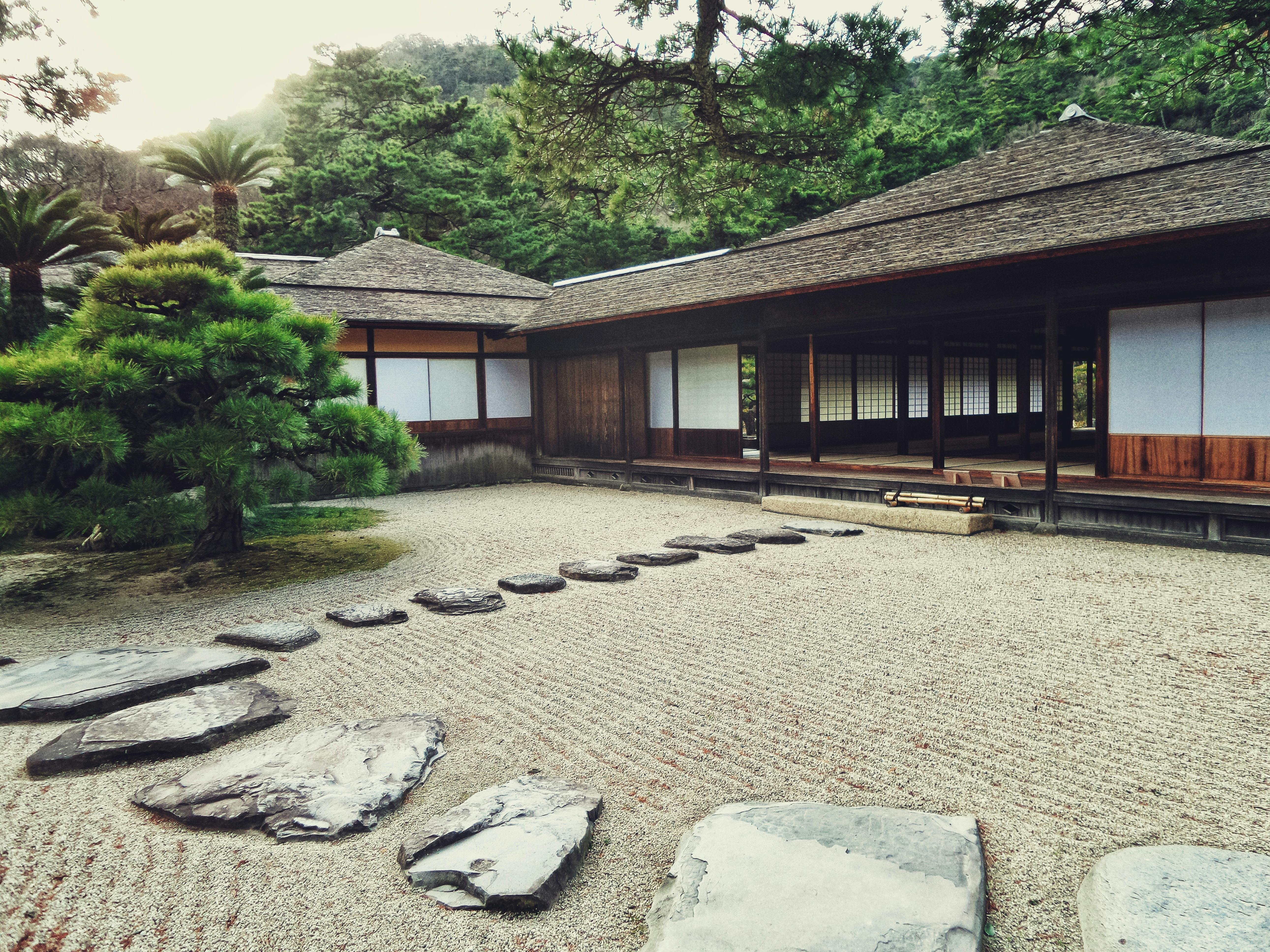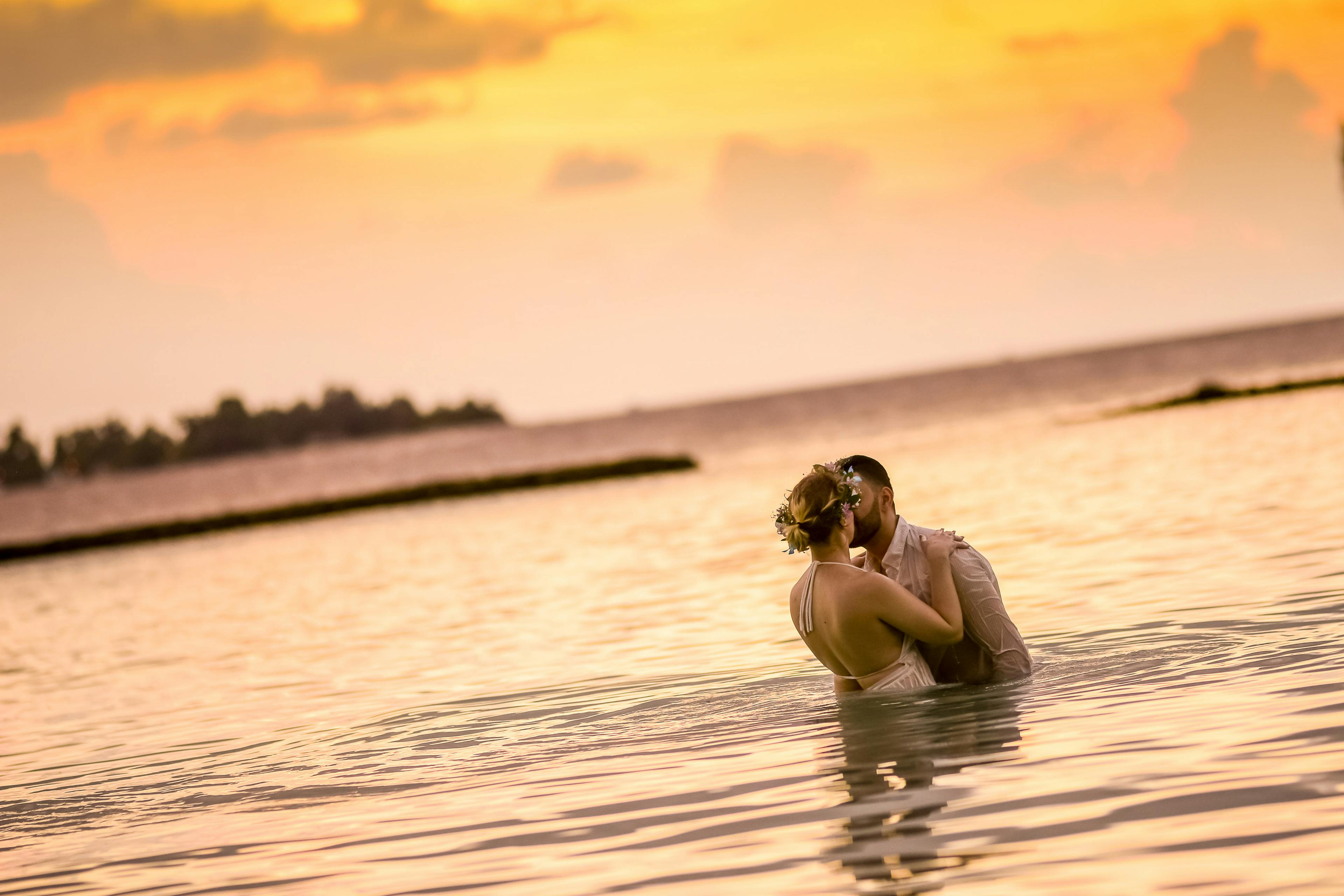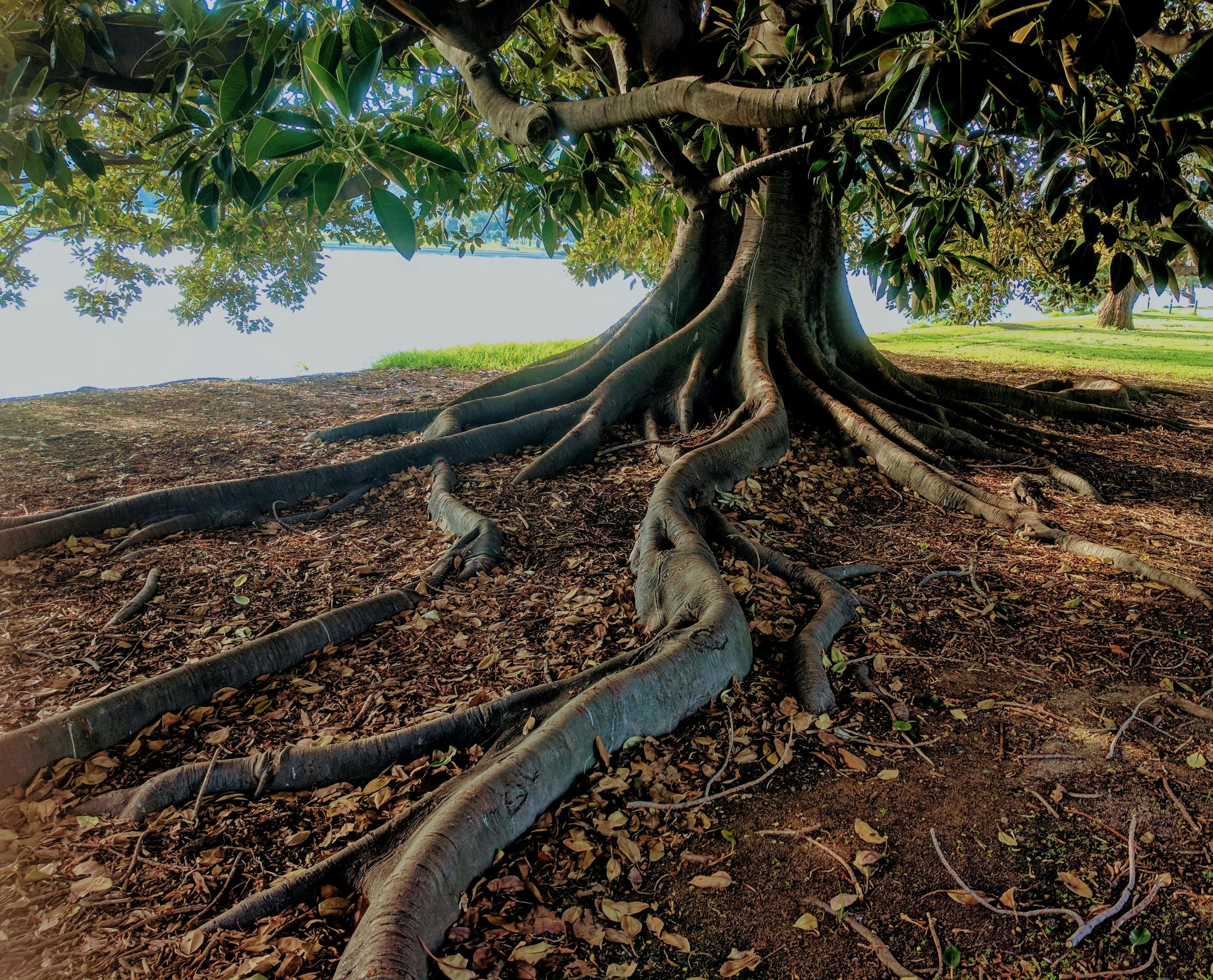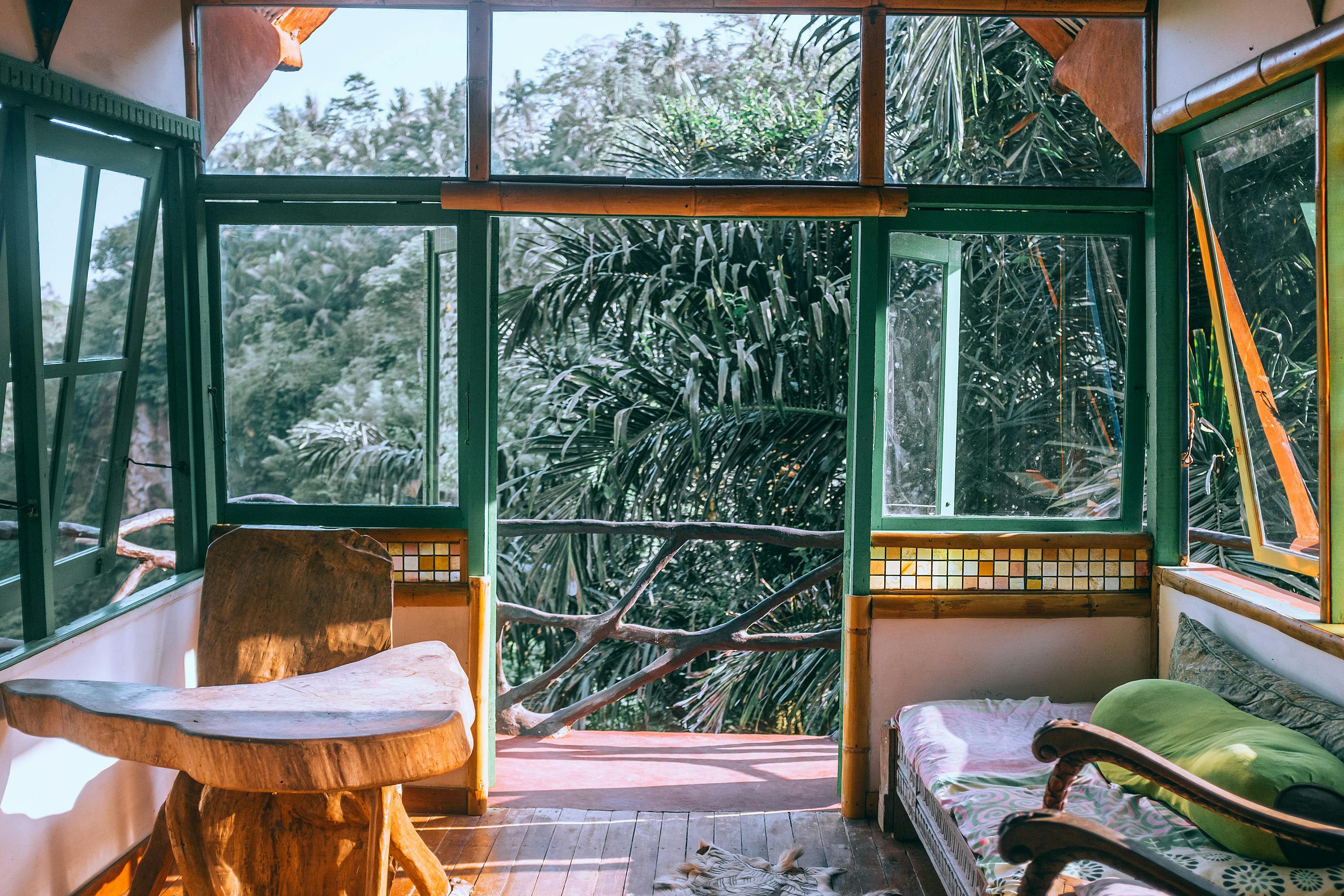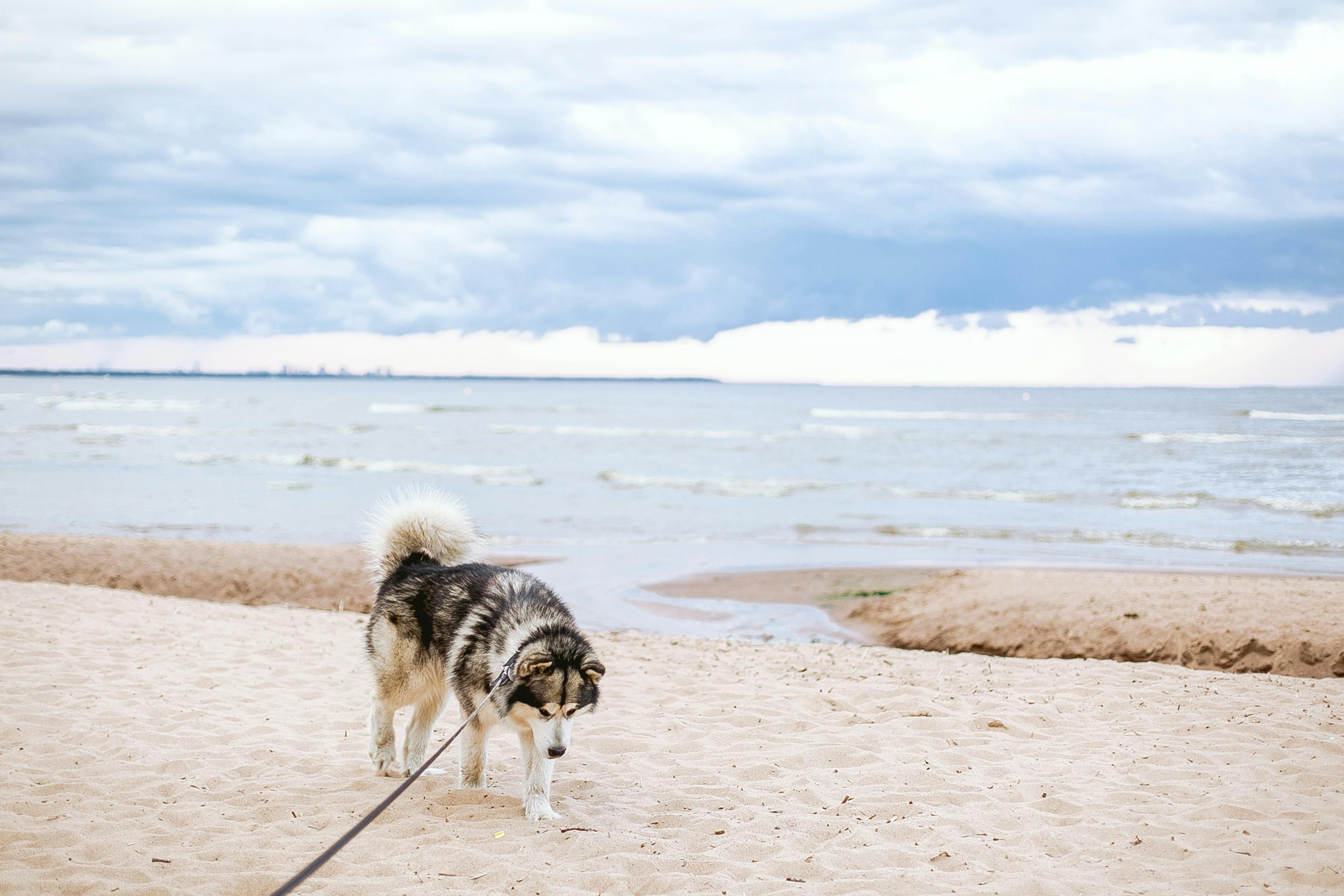For a long time, Americans have loved traveling to France, especially Paris. Millions visit there every year. Many who visit once plan to return. Some revisit many times. Why? Paris is fascinating. Elegant. Historical. Sophisticated. Elegant. Memorable. Cultural. Artistic. To quote Henry Miller, “When spring comes to Paris, the humblest mortal must feel that he dwells in paradise.” Quoting Thomas Jefferson, “A walk through Paris will provide lessons in history, beauty, and the meaning of life.”
Many of the reasons to visit France in general, and Paris in particular, you already know. Friends and family who have traveled to France may have brought home stories that piqued your curiosity and your desire to visit for yourself. You’ve seen the pictures and the movies. You’ve heard of the wonders of the Eiffel Tower, which rises like a gigantic construction set, with an elevator taking you to the top for views of the Seine and the city. See the exceptional art museums, the Louvre and the Orsay, which house impressive collections inside buildings that are themselves historic architectural treasures, one a former palace and the other an elegant turn-of-the-century train station, built in the 1900s Universal Exhibition in Paris.
Surely you have also heard about food and wine, and the supreme pleasures of dining well, optimally at an outdoor table, in charming restaurants that take care of every detail of your experience. Perhaps you’ve heard of the beauty of the countryside, with lavender clumps and hillside towns, immaculate estates, and spectacular mountains and coastline. Surely you have heard of history and architecture, fashion and style.
So, what else can be added to these and other motivations that you already have in mind to visit France? These five reasons are some you may not have thought of yet. They could possibly tip the scales in favor of you making your own journey and speeding you on your way.
The French are people you will love to experience and meet
Put aside what you may have heard about the French being hostile. This is simply not the case. However, the French are extremely polite, and they have stricter and more formal social codes than Americans. This can make them seem a bit standoffish and aloof. But it is possible to overcome this apparent social wariness by knowing a little about how communication and interaction work in French. When approached with the same courtesy by travelers, the French respond with friendliness, warmth, curiosity, and charm.
Even minimal effort to speak basic French (hello and goodbye, please and thank you, excuse me and how are you) produces high levels of achievement. And yes, the French. Will try to speak English with you once you have broken the ice by trying to speak even a little French with them. Experiences connecting with the French can become lasting and cherished memories.
French towns and cities are themselves living museums and living art
A visit to France offers many opportunities to wander through outstanding museums. But the remarkable remnants of French history are by no means limited to museums. As you explore the streets of the Old Town, walk through a park, visit a city market, or walk through the massive stone gates of a walled city, you will be surrounded by the life, history, architecture, and art of yesteryear.
And what a vivid story it is. In Avignon, she will sit on a bench in the courtyard before the Pope’s Palace, where seven successive popes resided, beginning with a French pope who refused to move to Rome, preferring to continue living in France. In Arles, he will follow in Van Gogh’s footsteps and visit the actual places, now marked with easels and depicted on a walking tour map, where the unbalanced genius stopped to create his celebrated Starry Night Y Cafe Terrace at night.
In Amboise, you will visit the elegant palace of Françoise I, and then cross the street and up the hill to the beautiful villa Françoise gave to her beloved friend, the inventor and artist Leonardo da Vinci, with a secret tunnel connecting the palace and the Ville. so that the two could visit each other back and forth at will.
In Paris, you will stand in the courtyard of the Louvre, under the small triumphal arch built by Napoleon, and look down its grand boulevard, more than five miles long, to the much larger Arc de Triomphe at the far end. . you will walk by great everythingee through the splendid Tuileries Gardenscreated by Catherine de Medici, inspired by the palace gardens in her native Florence that she missed so much.
Leaving the gardens, you will arrive at the historic public square where the guillotine was erected during the French Revolution to behead the king, queen and other members of the French nobility. In this square now stands the ancient obelisk at the entrance to the Luxor Temple in Egypt, donated by the self-proclaimed Khedive of the Ottoman Empire in exchange for France’s latest technological marvel, a clock that is touted as highly accurate, but never worked. .
Living museums and living art.
The French lifestyle of walking everywhere will make you a healthier and livelier person.
During your visit to France you will walk more than you imagine, but you will hardly notice the effort. Walking in France is not the least bit boring, so you will find yourself doing it happily. Goodbye treadmill.
While the American way of life is based on automobiles, the French are oriented towards walking. As you reach each town or city, your explorations will begin with a tour of your neighborhood. Here you will discover what will become your regular go-to shops: wine shop, delicatessen, bakery, fresh produce market. You will walk back to these stores regularly, possibly every day.
You will go down to the river to take the boat, to watch from the bridges, to watch the sunset, to sit on a bench. You’ll walk to the open-air markets, then browse for treats in them, and from there, walk to the park for a delicious picnic made up of your purchases: delicious strawberries, freshly baked baguettes, sausages and pâté, cheeses and olives, and, of course, a glorious bottle of wine.
You’ll wander the pedestrianized streets, browsing the shops and then selecting an outdoor table at a cafe from which you can people-watch to your heart’s content. In the evenings you will walk to the Cathedral to listen to a concert on the mighty organ or to attend a service. Later that night, she’ll head out again for dinner at a charming nearby restaurant, followed by a visit to a piano bar for an evening of jazz. And then back to the river, ablaze with lights, to watch the boats go by.
From the Montmartre metro stop, you will walk to the funicular and it will take you to the top of the steps of the basilica, then towards Tetre Place to see the sidewalk performers. Later, you will pass by the basilica and down the steep stairs to have lunch under one of the colorful umbrellas in the charming Summer on a gentle slope.
As your journey continues, you will feel increasingly healthy and uplifted. Your energy levels will skyrocket. Over time, walking everywhere will start to seem normal. And what you are walking will be continually fascinating.
The French way of getting engaged will bring out a more captivating version of you
You will find a different way of interpersonal interaction in France. As Americans, many of us hardly realize how isolated and driven we have become. We work too much. We connect very little. We take ourselves too seriously and can be selfish. Unfortunately, we pay very little attention and spend very little time with the people in our lives.
Not so in France. The French culture of interaction will be evident from the moment you set foot in the country. This is a culture that eats two-hour lunches and spends that time in lively conversation with friends and colleagues. When the working day ends, sooner than one might expect, everyone returns to the cafes, to sit at the tables and talk about philosophy and life. At the table next to you, you’ll see a couple sharing a carafe of wine, each paying attention to what the other is saying, gazing into each other’s eyes as if their partner were the center of the universe.
When shopping at the outdoor market, the vegetable vendor will listen carefully to understand what you want, then carefully select the right items for you to enjoy. At the clothing stalls in the market, stylish midwives will gain an immediate and intuitive sense of their style and personality, with astonishing insight, then put in a serious effort to ensure their selections are the most suitable designs and colors. to you and enhance your appearance.
At the restaurants, you’ll experience the rapt attention of your waiter, always ready to offer expert recommendations for your gastronomic delight. When you walk into a store looking for a gift for your beloved mother-in-law, the owners will help you with great suggestions and then enthusiastically offer to wrap that perfect gift in paper and bows.
While in France, you will experience very few sterile treatments. proceedingsbut many attractions interactions. Over time, the gratification of this difference will begin to have an impact on you and how you relate to others. If you allow yourself to take it all in, you will find yourself listening more carefully, contributing your ideas more seriously, and considering the people around you with more attention and curiosity. And after a few visits to the vibrant open-air French markets and fascinating shops, your approach to shopping will be forever changed.
You’ll take home an altered vision of how to live the good life
Much of what you experience during your travels in France is likely to continue to impact you long after you return home. He will return with a different, more vivid vision of how life can be lived. And this new perspective can lead to significant improvements in his quality of life on the home front.
Now you will know how enriching it can be to approach and communicate with people who do things differently from you, fully understanding that you can relate to them, learn from them and enjoy them.
You will understand how healthy you will feel when you walk more. This may encourage you to find opportunities to do this at home, hopefully in destinations as interesting as those you experienced in France, even if you need to drive to an area where walking may be your own pleasure first.
And you will know the satisfactions of interacting more intensely and attentively with the people in your life. You will understand the benefits and value of taking the time to have dinner together and talk, face to face and mind to mind. Instead of a corner cafe, you may need to set up a cafe on your front porch. But with a little creativity, you can carry this more engaged style of networking forward, sharing your thoughts, observations, philosophies, and reflections.
The sum total of these unexpected reasons to visit France boils down to the effect your travels will have on you, as well as your travel companion. Your trip to France will enrich you. It will refresh you. And it will change you. And all this will be for the best. Have a good trip!
